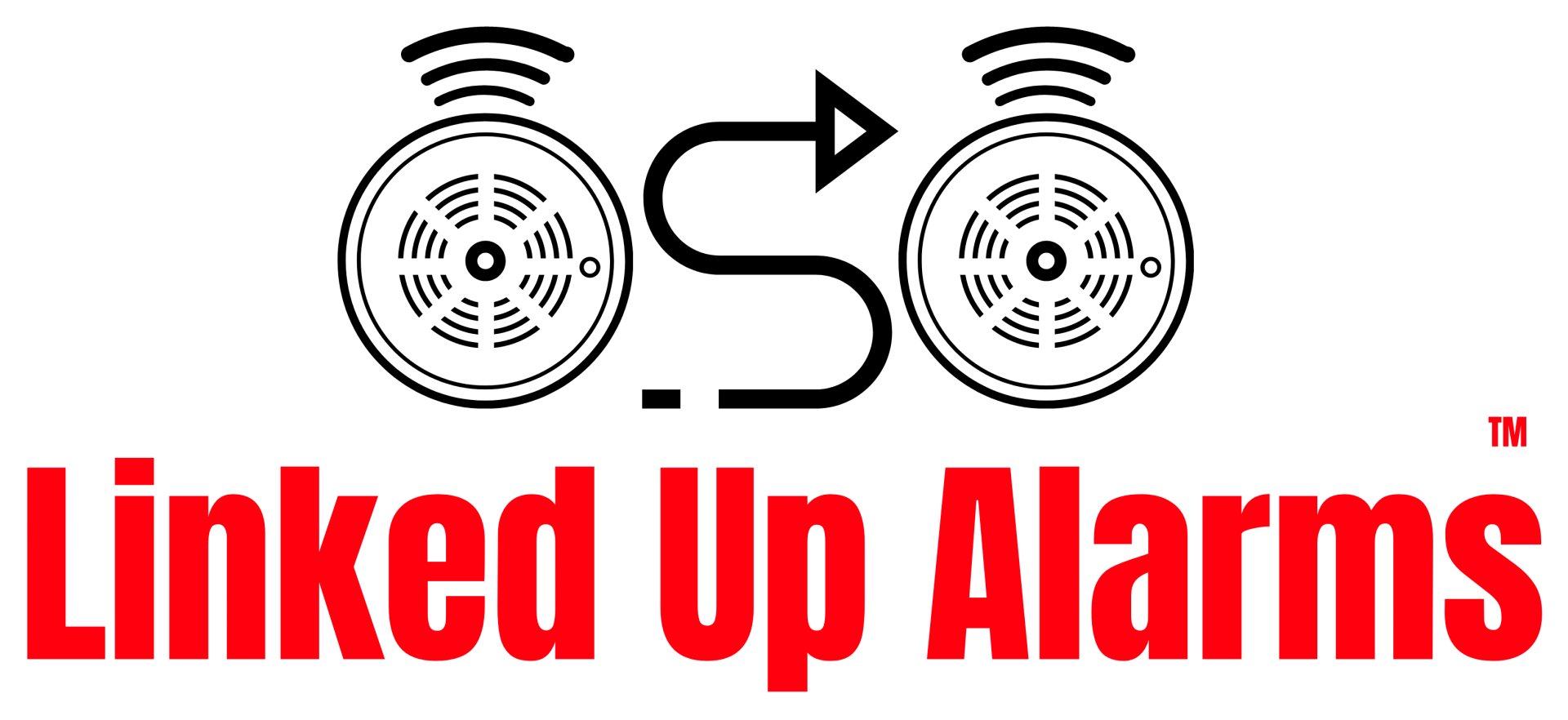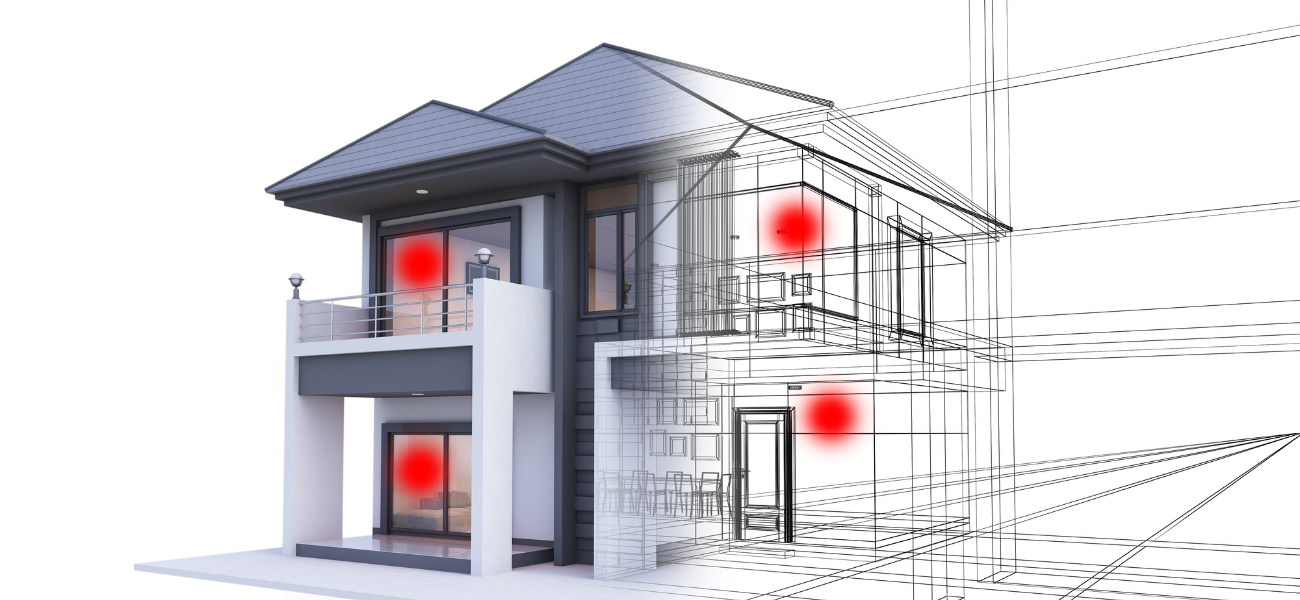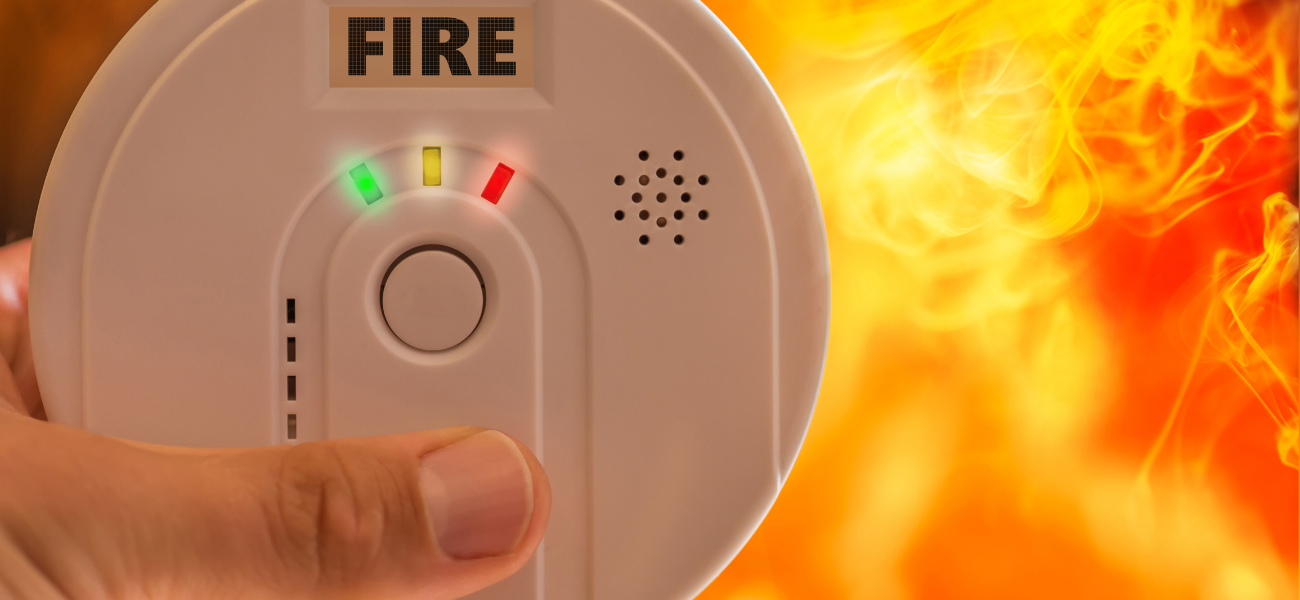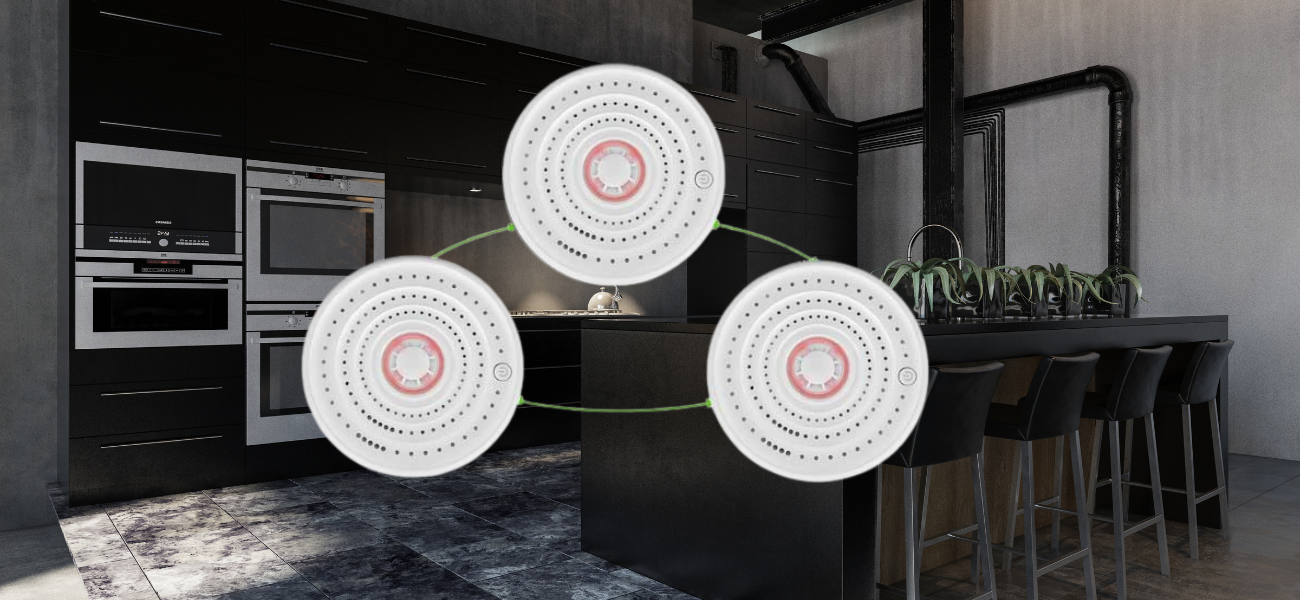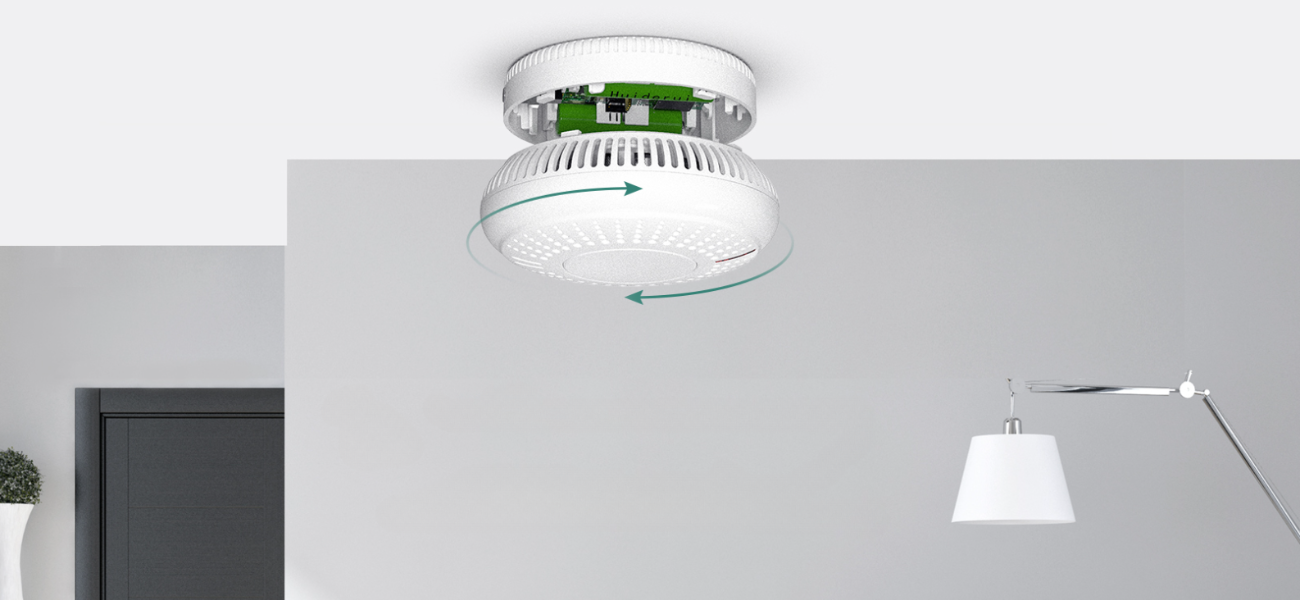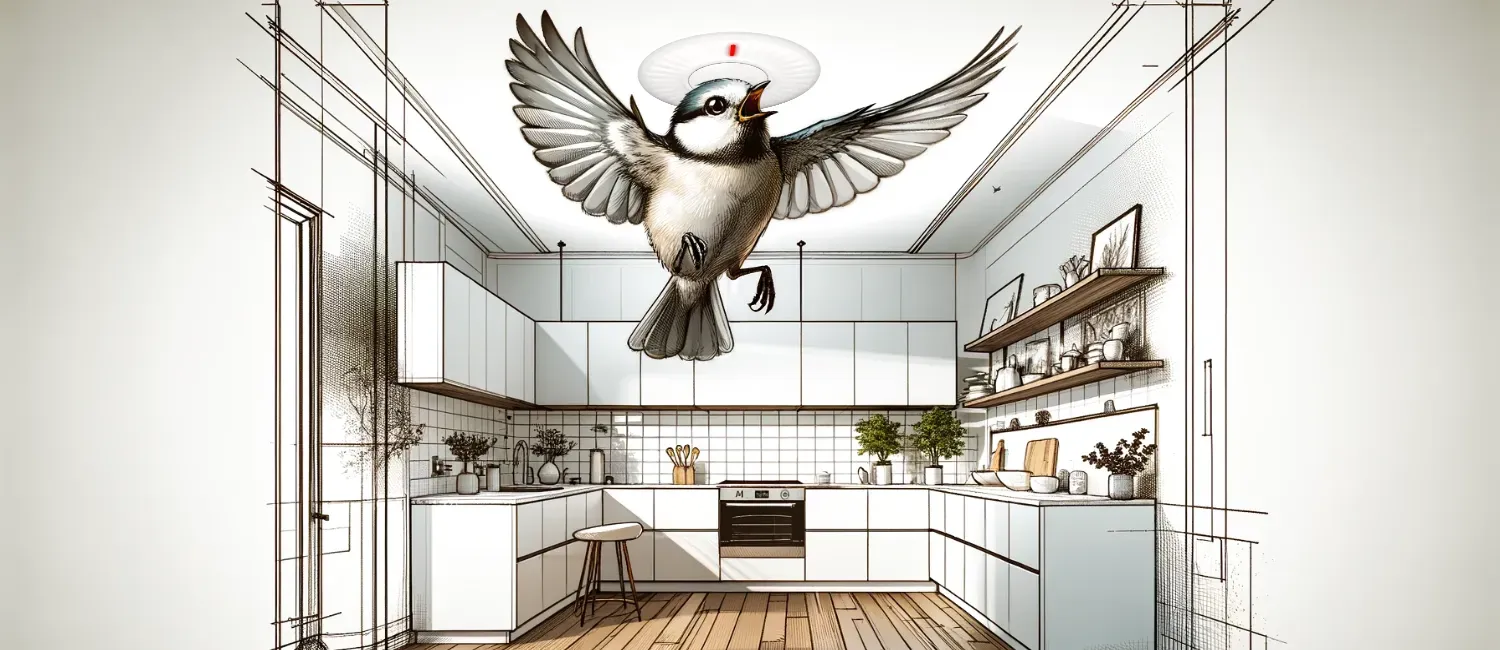Fire Safety in Homes: Keeping You and Your Loved Ones Safe
Here in the UK, keeping our homes fire-safe is absolutely vital. It’s not just about protecting bricks and mortar, it’s about protecting ourselves and our loved ones. Did you know that most house fires can actually be prevented?
This guide will equip you with the knowledge and practical steps to create a safe haven in your own home. Home fire safety is crucial, and local fire and rescue services often offer Safe and Well visits or Home Fire Risk Assessments to help prevent house fires and keep families safe.
Understanding Fire Prevention: Your First Line of Defence
Think of fire prevention as being super proactive. It’s all about spotting potential fire hazards lurking around and taking steps to banish them before they even have a chance to ignite.
The goal here is to stop a fire from ever starting in the first place. This differs from fire protection, which focuses on what to do if a fire does break out. Both are important, but prevention is our best defence!
Here’s what fire prevention looks like in action:
- Regularly checking and maintaining our electrical wiring and heating systems to prevent electrical fires (an annual service for your boiler is a good idea!)
- Identifying fires caused by various sources, such as household appliances, smoking products, and faulty wiring
- Safely storing and disposing of flammable liquids like paint thinners or cleaning products (check your local council website for guidance)
- Having the right fire safety equipment like smoke alarms and fire extinguishers, and knowing how to use them
- Being clued up on safe practices in the kitchen and around the home, and having a clear plan for emergencies
By understanding fire prevention, you’re taking control and creating a much safer environment for yourself and your family.
Fire Safety Squad: Smoke Alarms, Heat Alarms & Carbon Monoxide Detectors
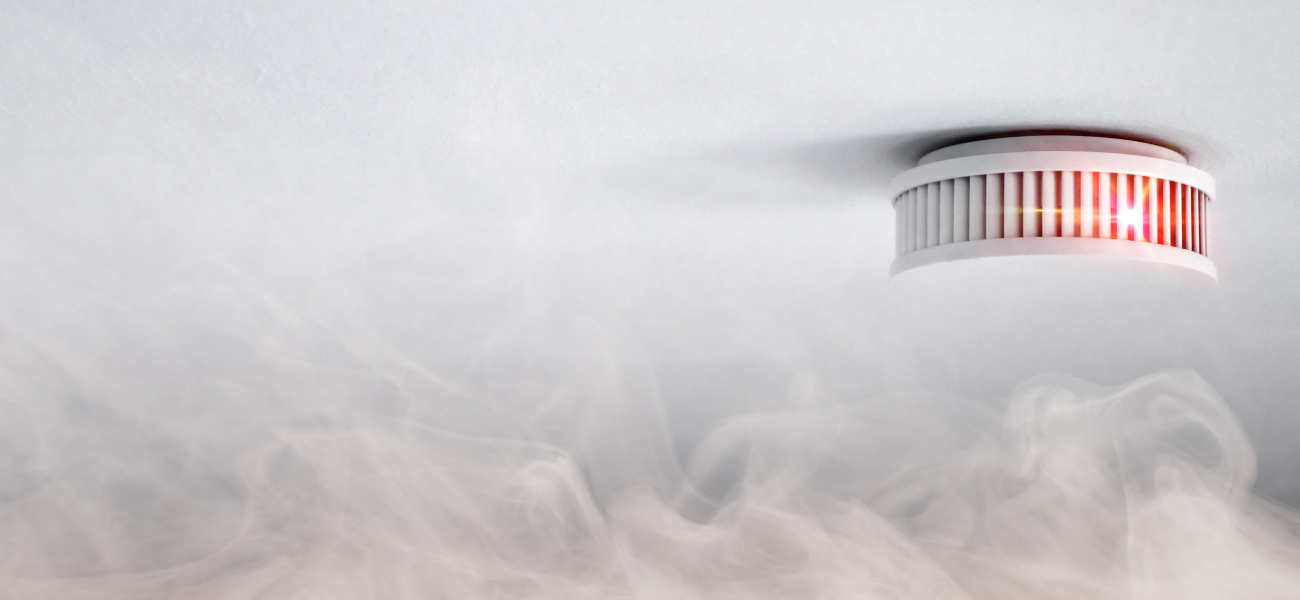
Let’s level up your home’s fire safety. Smoke alarms are essential, but we can take things a step further. Imagine interlinked smoke alarms and fire alarms – these clever devices are connected throughout your home. If a fire starts anywhere, all the alarms go off at once, giving you a much louder and earlier warning. No matter where you’re relaxing, you’ll be alerted to danger.
But the fire safety squad doesn’t stop there! Consider adding heat alarms to the mix. These are fantastic for kitchens where burnt toast might set off a smoke alarm. They detect a rapid rise in temperature, a sign of fire even before smoke appears.
Finally, to truly supercharge your home safety, carbon monoxide detectors are your secret weapon. This silent killer can be produced by faulty gas appliances or blocked flues. Carbon monoxide detectors will sound an alarm if dangerous levels are detected, giving you a chance to get out and breathe fresh air.
Top Tip: Install interlinked smoke alarms and working smoke alarms in every bedroom, outside sleeping areas, and on each floor. Think about adding a heat alarm in your kitchen and a carbon monoxide detector near any gas appliances. Test all alarms monthly and replace batteries at least once a year.
Another key element is having a fire escape plan. This should map out two escape routes from each room and designate a meeting point outside your home, clear of any dangers. Make it a family affair! Practice your escape plan regularly, so everyone knows exactly what to do in a fire, reducing panic and confusion.
Keeping flammable materials like curtains or clothes well away from heat sources like cookers, heaters, or fireplaces is another essential step. Remember, a clean kitchen free from grease build-up is a happy (and fire-safe!) kitchen.
Finally, educating your little ones about fire safety is crucial. Talk to them about the dangers of playing with matches or lighters, and make fire safety a part of their routine.
Essential Fire Safety Tips for UK Homeowners
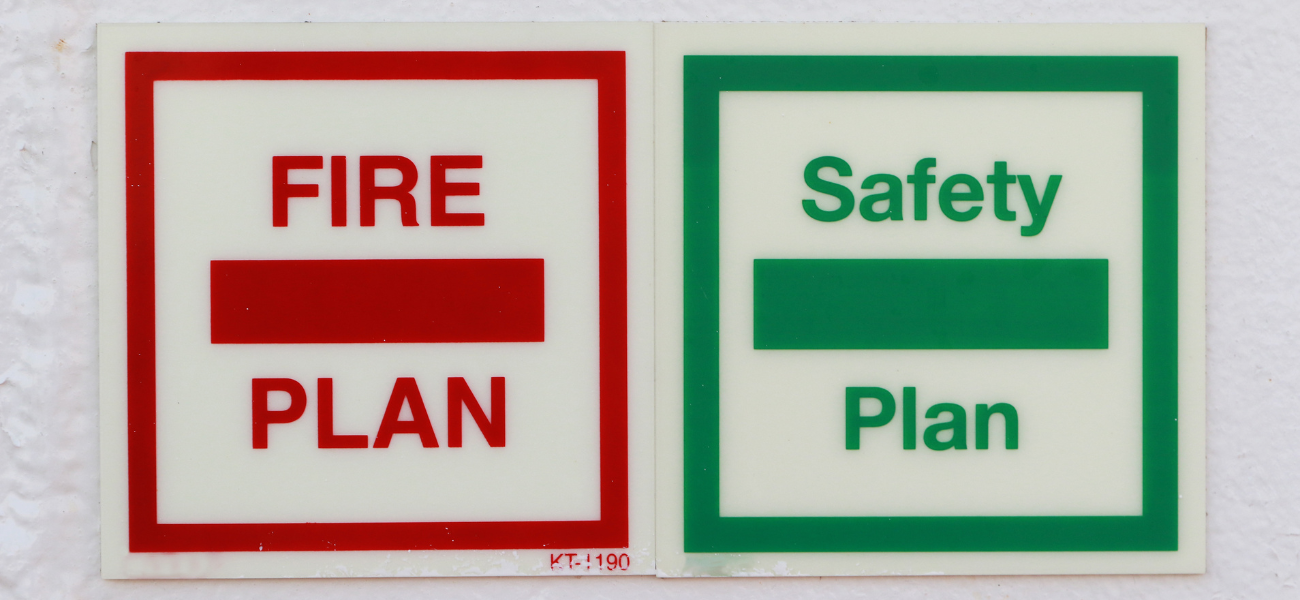
Here’s a handy checklist of fire safety essentials for your UK home:
- Smoke Alarms: Every bedroom, outside sleeping areas, and every floor. Test monthly, replace batteries annually.
- Fire Escape Plan: Two escape routes from each room, designated meeting point outside. Practice regularly!
- Flammable Materials: Keep them well away from heat sources. Keep your cooking area clean and never leave cooking unattended.
- Heating Systems: Regular checks and maintenance (especially for boilers!).
- Electrical Safety: Use surge protectors and avoid overloaded sockets. Keep an eye on electrical cords for damage.
- Matches & Lighters: Out of reach of children! Educate them about the dangers of fire.
- Fire Extinguishers: Have a portable fire extinguisher accessible and know how to use it (remember, they’re for small fires only).
- Fire Blankets: Use fire blankets for Class F fires, particularly chip pan fires. They can be used in combination with water mist fire extinguishers for added protection against cooking fires.
- Candles: Never leave them burning unattended and extinguish them properly before leaving the room or going to bed.
- Festive Lights: Be cautious with holiday decorations, especially those involving lights. Follow manufacturer instructions and avoid overloading sockets.
- Outdoor Grilling: Keep your BBQ away from the house, railings, eaves, and overhanging branches.
- Rescue Services Offer: Many fire and rescue services offer free fire safety risk assessments or Safe and Well visits. These visits are conducted by operational firefighters or dedicated safety teams and may include free smoke alarms if needed.
By following these tips, you’re significantly reducing the risk of fire in your home and keeping your loved ones safe.
Cooking Calamities & Electrical Errors: Conquering Common Fire Starters in Your Home
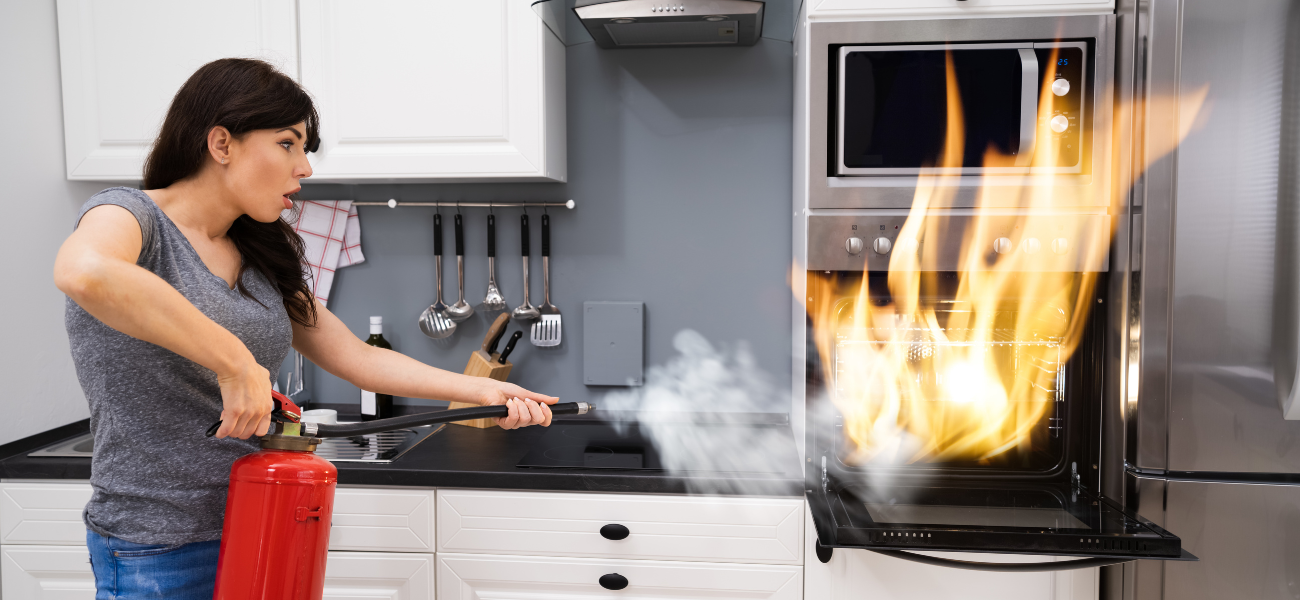
The good news, ladies, is that many home fires can be prevented! Often, they spark up due to simple things like forgetting about that pot on the stove or having too many things plugged into one outlet. Let’s tackle these common culprits and keep your home safe and sound. Additionally, local fire and rescue services offer free Safe and Well visits to help identify and mitigate fire risks in your home.
Kitchen Chaos: Cooking takes the crown for most common fire starter. Here’s how to reign it in:
- Never leave your culinary creations unattended! A watchful eye is key, especially when frying or using high heat.
- Keep the flammable zone clear. Tea towels, oven mitts, and anything else that can catch fire shouldn’t be hanging out near the stove.
Electrical Eek! Faulty wiring or overloaded outlets can cause sparks to fly. Here’s how to stay safe:
- Give your electrics a once-over. Regularly inspect exposed wires and call in a qualified electrician if you see any damage.
- Don’t be a plug hog! Avoid overloading outlets with too many appliances at once. Invest in power strips with surge protection for extra peace of mind. The fire and rescue service can also assist by fitting smoke alarms and addressing any health and wellbeing concerns during their visits.
Heating Hiccups: Portable heaters and fireplaces can be cosy, but they also need some TLC:
- Ensure your heaters are in tip-top condition. Cracked casings or frayed cords are fire hazards waiting to happen.
- Give fireplaces some love. Have your chimney swept regularly, especially before winter kicks in.
Matches & Lighters: Out of Sight, Out of Trouble:
- Keep these fire starters safely tucked away in a high cabinet, well out of reach of curious little hands.
- Talk to your family about the dangers of playing with fire.
Remember, fire safety is an ongoing commitment, but by making these small changes, you’re creating a much safer haven for yourself and your loved ones.
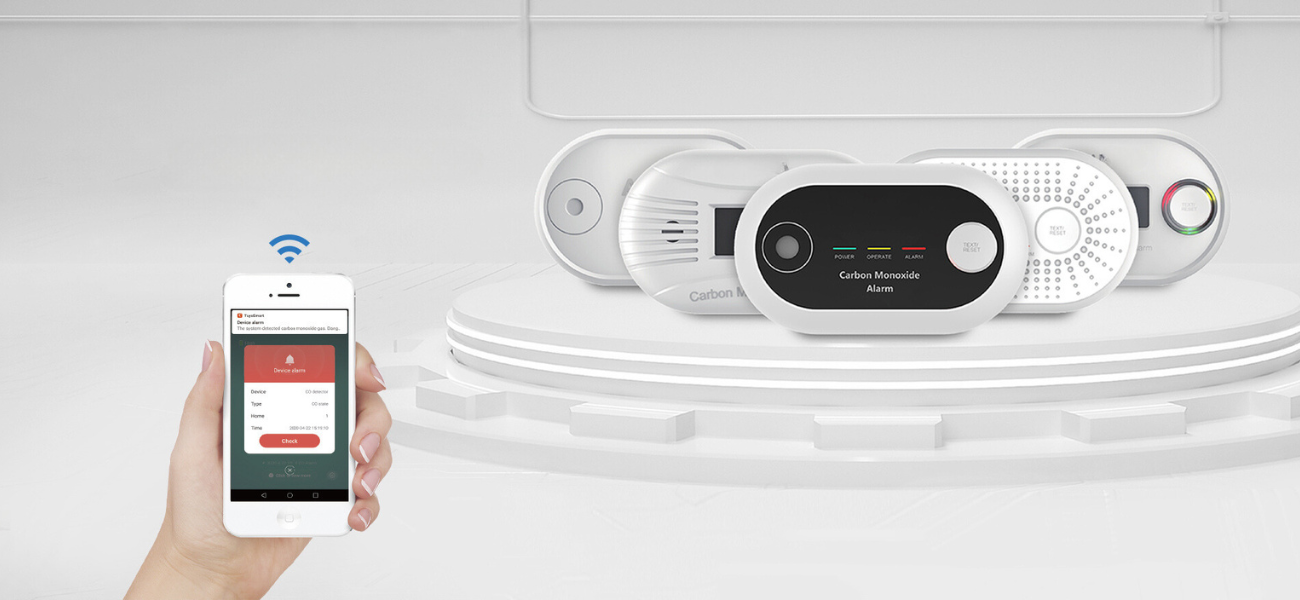
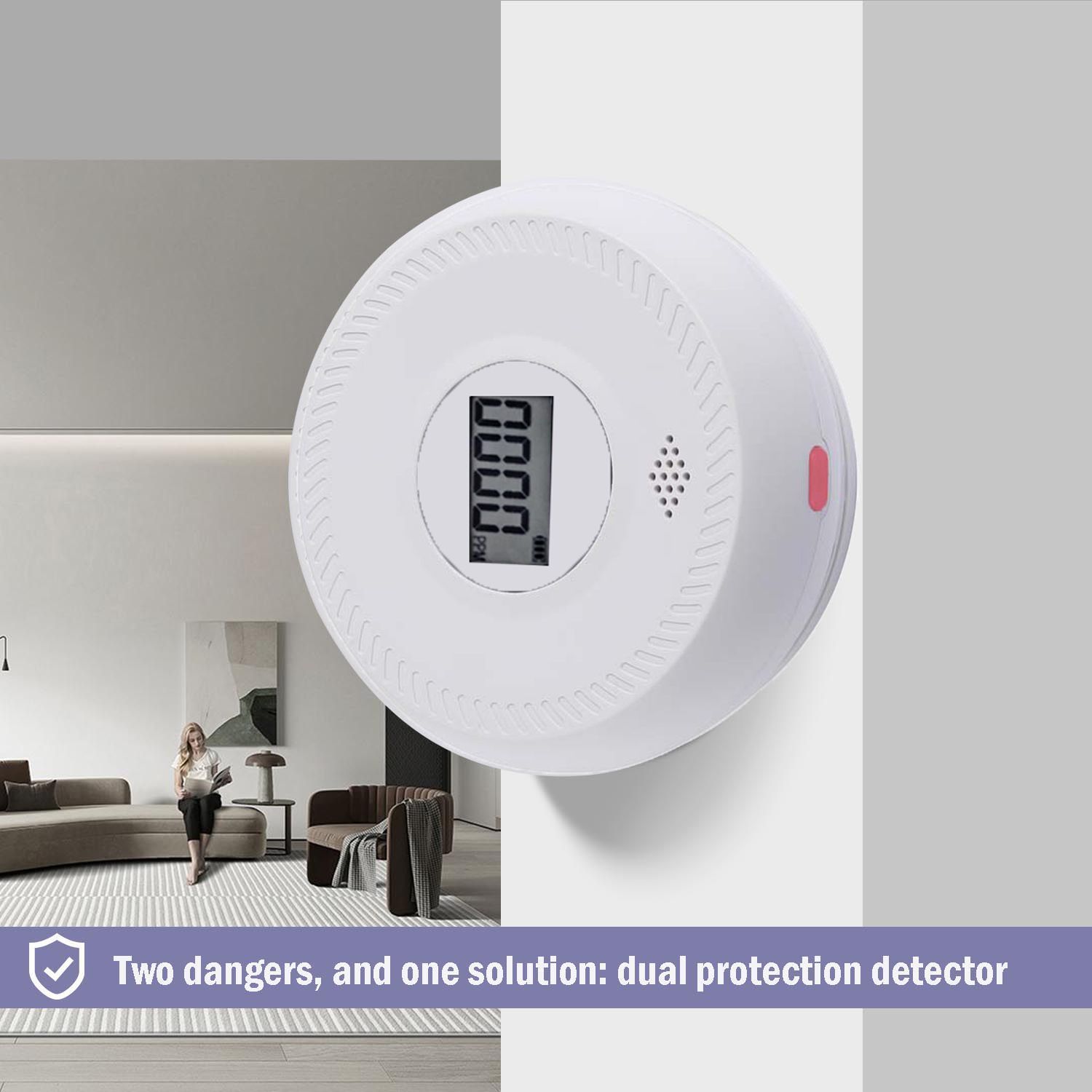
Helping UK Households Meet the New Smoke Alarm Law (Interlinked Alarms Required)
Linked Up Alarms Ltd
Company Number: SC709004
VAT Number: 392 8916 46
Data Protection Number: ZB279937
LOCATION
4 Barrack Street
Hamilton
ML3 0DG
CONTACT US
sales@linkedupalarms.com
Mon: 9:30 AM - 5:30 PM
Tue: 9:30 AM - 5:30 PM
Wed: 9:30 AM - 5:30 PM
Thu: 9:30 AM - 5:30 PM
Fri: 9:30 AM - 4:30 PM
Sat: Closed
Sun: Closed
POPULAR PAGES
